Inverted Classroom
In which students already work on acquiring knowledge at home, it can be processed, deepened, or applied in the presence. For such an endeavor to succeed, guiding self-study and skillfully designing the presence phase are central.
What is Inverted Classroom?

What are the advantages?
“Flipping” a classroom in sense of the “Inverted Classroom Model” is an effective strategy for several reasons:
- individual learning speeds are taken into account
- the stronger activation of students leads to more in-depth knowledge
- in addition to subject-specific knowledge, social and multidisciplinary skills are also being promoted, and
- all people involved receive increased feedback: the lecturers on the comprehensibility of their explanations and the students' level of knowledge, the students on their own level of knowledge and on that of their fellow students
More information
Prof. Dr. Christian Spannagel (PH Heidelberg) offers an informative overview of the method "Inverted Classroom" in the following video:
We also recommend the Wiki of the Freie Universität Berlin (in German). It provides detailed information about the "Inverted Classroom" approach and offers interesting modules for personal development. We would also like to draw your attention to the video by Prof. Dr. Jürgen Handke, in which the teaching/learning scenario "Flipped Classroom" is explained in detail.
Tools & Tips
Helpful Tips
The following tools and resources support you in implementing your inverted classroom:
Create videos
- Screencasts: Camtasia is an easy-to-use screencast software. It is suitable for recording presentations based on slides. Video editing can be done within the same program.
- Podcasts: Alternatively, you can also utilize lecture recordings from previous semesters. It is recommended to divide the individual recordings into shorter, thematically relevant segments.
- Pencast analog: All you need for a pencast is a smartphone, pen, paper, and a suitable holder (see accompanying video-tutorial in German). This video format is particularly suitable for individuals who usually support their presentations with a visualizer or whiteboard.
Provide videos
- Opencast: In the ILIAS object "Video (Opencast Series)," you can make videos available. You decide whether the videos can only be viewed online or also downloaded. If necessary, you can also publish these videos simultaneously on the Tobira video portal.
- ILIAS «Interactive Video»: With this ILIAS object, you can display questions or additions in a video and provide students with a table of contents. This is possible with videos published on Opencast, SWITCHtube, or YouTube, or those you upload directly to ILIAS. More information: Instruction and Example.
- SWITCHtube/YouTube: If the videos are intended for public distribution, SWITCHtube or YouTube are recommended platforms.
Guiding through self-study phase
Videos are often perceived as easily accessible by students and may give the impression that they have grasped the content without engaging deeply with it. Therefore, it is recommended to provide various materials to support self-study.
- Guiding questions, fill-in-the-blank slides, or worksheets: Such aids indicate key content areas and encourage a deeper engagement with the material.
- Self-tests: To verify understanding of the content from the videos, automatically scorable practice exercises can be used in the ILIAS "Test" object. Alternatively, with the ILIAS «Interactive Video» object, you can also pose a question directly within the video at the desired time to assess comprehension or interpretation.
- Forum: In an ILIAS forum, students can ask questions about comprehension that can be discussed directly in the forum (by the instructor or other students) or during the on-site sessions.
Design of the on-site session
- Deepening content, not repeating: During the on-site session, the "gained" time should be used to deepen the content of the videos. Under no circumstances should the content be repeated. Otherwise, there is a risk that students will no longer watch the videos.
- Methodological repertoire: The shift in the instructor's role (less knowledge transfer, more guidance) calls for an expanded methodological repertoire. Didactic tips (in German) and literature recommendations (in German) from the Learning and Development Unit can assist in this expansion.
- LiveVoting: With the «LiveVoting»-tool on ILIAS, live surveys can be conducted. This allows for asking comprehension questions, gathering opinions, or collecting open points, for example. Based on the responses, further discussion or adjustments to activities during the on-site session can be made.
Examples (in German)
Inverted Classroom at the University of Bern
Various instructors at the University of Bern have successfully implemented an Inverted Classroom approach. In their respective videos, you will gain insight into their teaching sessions and the experiences they have had.
Marketing
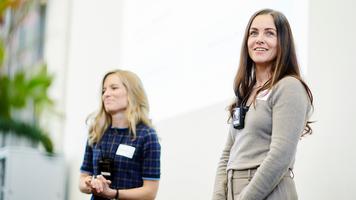
«Grundlagen des Markenmanagements», Dr. Bettina Nyffenegger & Dr. Lucia Malär
The large-scale event with over 300 students consists of self-learning units (mostly edited podcasts), in which students acquire basic knowledge, and on-site sessions (such as workshops, guest lectures, Q&A sessions). The application of knowledge is practiced in small-group workshops and demonstrated in a project assignment focusing on a specific brand.
Plant Sciences
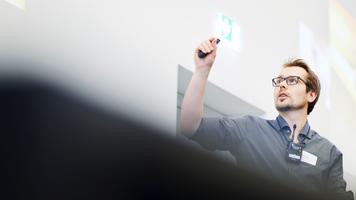
«Solving Current Challenges in Plant-Herbivore Interactions», Prof. Dr. Christelle Robert & Prof. Dr. Matthias Erb
In the first part, students acquire the necessary subject and methodological knowledge to understand current challenges in plant-herbivore interactions through explanatory videos, online exercises, additional literature, and in-depth contact meetings. In the second part, they work in small groups on a self-selected challenge within their own research project.
Business Administration
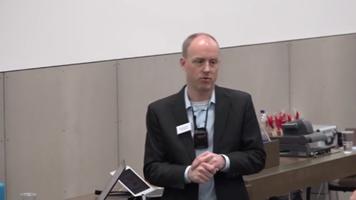
«Entscheidungsforschung», PD Dr. Michael Schulte-Mecklenbeck
Out of the total of eleven on-site sessions, four were structured in the form of an Inverted Classroom. For preparation, primarily lecture recordings from the previous year were used. During the on-site sessions, acquired knowledge was deepened using various methods (e.g., small-group discussions, creating glossaries, elevator talks, live quizzes with Kahoot).
Geography
«Physische Labormethoden», Dr. Moritz Bigalke
Moritz Bigalke created the screencasts for self-study of theoretical content at his own workstation. During the on-site sessions, initial questions are clarified. Subsequently, students transfer the theoretical content into (research) practice through various group activities, learning about and applying measurement and analysis devices in the laboratory.
Information Systems
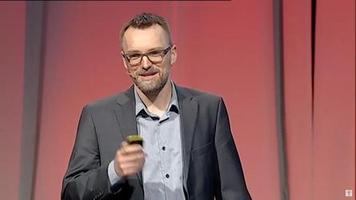
«Open Data - Übung», Dr. Matthias Stürmer
Students are programming their own Open Data app. They acquire the necessary technical foundations with the help of YouTube videos.
Sports Science
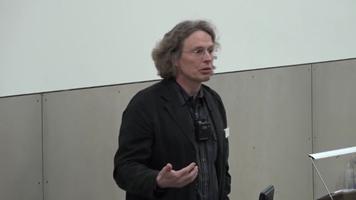
«Statistik - IBM SPSS», Dr. Jürg Schmid
Using edited lecture recordings from the previous year, students prepare for the on-site sessions. During these on-site sessions, they work on exercises individually or in pairs, with support from Jürg Schmid.
Sports Science
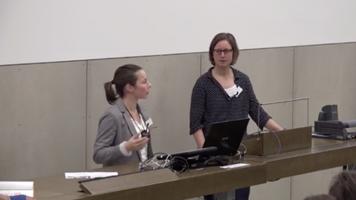
«Motorische und psychologische Tests in der Sportwissenschaft», Dr. Claudia Zuber & Dr. Julia Schmid
The seminar is divided into two phases: In the first phase, the foundational knowledge of motor and psychological tests is developed through self-study using slidecasts and in-person through various exercises. In the second phase, students apply this knowledge by examining the validity criteria of selected tests and presenting the results.
Support
The iLUB-team supports you in using the "Inverted classroom Model" and defining suitable deployment scenarios for your courses and projects.
